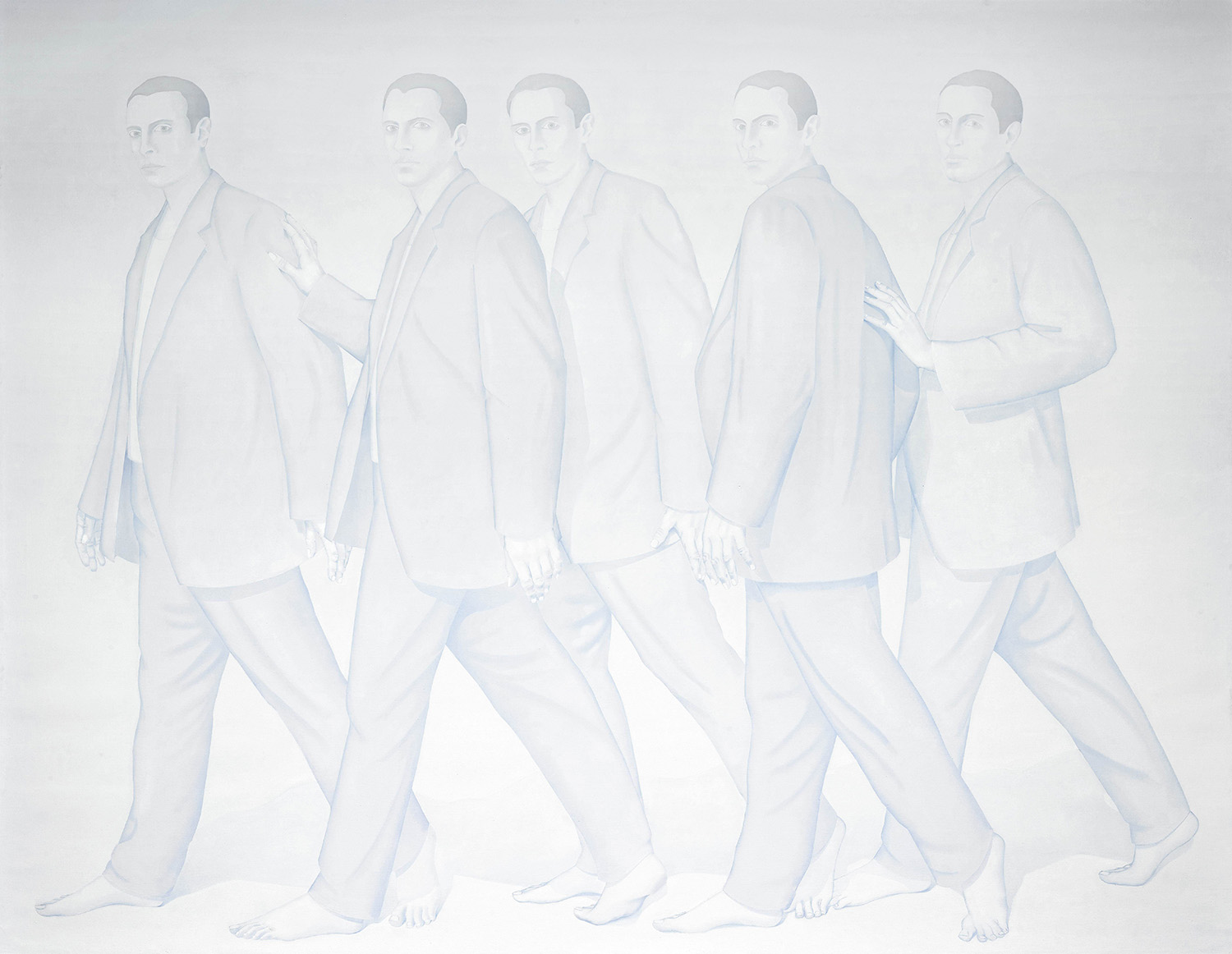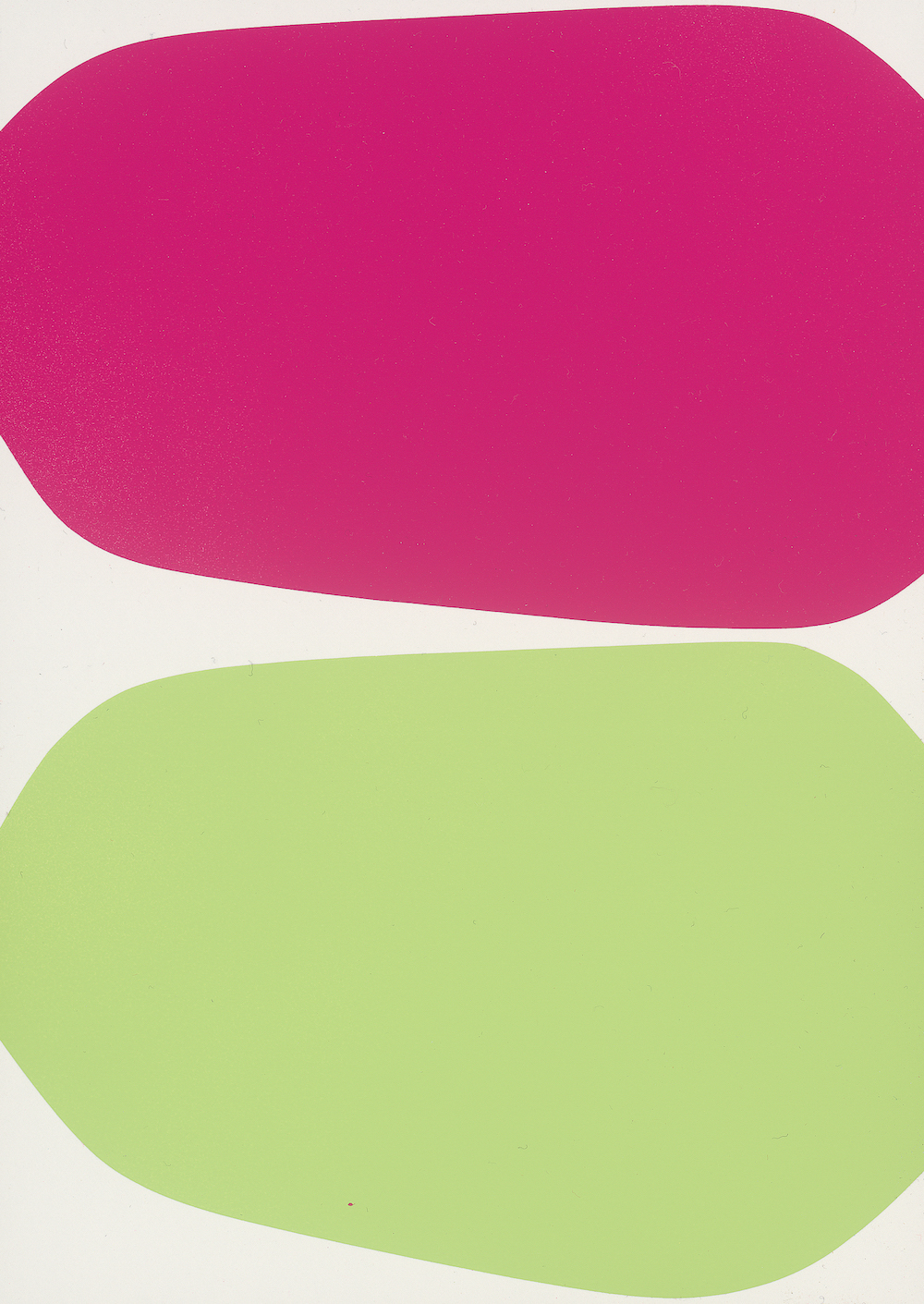Albrecht Schnider burst onto the Swiss art scene in 1988, when his first solo exhibition was held at the Kunsthalle Bern. Outside the aesthetic canons of the time, he practiced narrative representation first tinged with classicism, then similar to the Nazarene movement. Later, his art came to be inspired by the combined influence of Félix Vallotton and Hans Emmenegger.
Over time, his style was simplified and his motifs—portraits and landscapes—were gradually conceived as abstractions: the precise, smooth pictorial treatment neutralizes the forms and eliminates any possibility of situating them in time and space. In the small panoramic landscapes and large iconic portraits—his two favorite subjects in abstract painting—it is the dialectic between full and empty spaces that occupies the canvas.
His painting refutes established categories: the cold artificiality of the colors, the mysterious hieratic quality of the faceless portraits and the virtual look of the landscapes exert a force of visual attraction that is inversely proportional to the hermeticism of the forms. Behind the mattness of the whites, the iridescence of the greys and pinks and the multifariousness of the greens lurk a multitude of possible interpretations, whose resolution is left entirely up to the viewer.
Over time, his style was simplified and his motifs—portraits and landscapes—were gradually conceived as abstractions: the precise, smooth pictorial treatment neutralizes the forms and eliminates any possibility of situating them in time and space. In the small panoramic landscapes and large iconic portraits—his two favorite subjects in abstract painting—it is the dialectic between full and empty spaces that occupies the canvas.
His painting refutes established categories: the cold artificiality of the colors, the mysterious hieratic quality of the faceless portraits and the virtual look of the landscapes exert a force of visual attraction that is inversely proportional to the hermeticism of the forms. Behind the mattness of the whites, the iridescence of the greys and pinks and the multifariousness of the greens lurk a multitude of possible interpretations, whose resolution is left entirely up to the viewer.


















